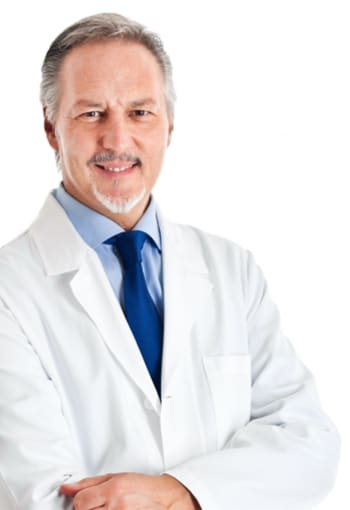Bone Grafting and Membranes
Bone grafting can be used in medical/dental procedures, such as tooth extractions, dental implant placement, facial trauma treatment and reconstructive surgery of the mouth, face and jaws. The goal of bone grafting is to provide good quantity and quality of bone at the desired site for proper form and function.
Bone grafting to facilitate dental implant therapy enables patients improve their capacity for more effective chewing and also can improve appearance when visible missing teeth are replaced. Improved function also includes improved speech when missing teeth affects a patient’s ability to speak normally.
What is a Bone Graft?
A bone graft is bone taken from the patient, donor (human or animal) or manufactured from synthetic materials. The bone graft can directly replace missing bone or provide a scaffolding on which the patient’s own bone can grow. While bone can come from a donor bank, it is often taken directly from the patient.
An oral and maxillofacial surgeon (OMS) is an expert in bone reconstruction and will help you make the best decision about what kind of bone to use and how best to use it.
These definitions will help when discussing your options with your surgeon:
- Alloplastic/Allograft refers to use of human donated tissues. Care is taken to screen the donors for diseases and to treat the bone with chemicals and/or radiation to minimize the risk of disease transfer.
- Xenoplastic/Xenograft refers to the use of animal tissues to be used to replace missing human tissues. Care is taken to screen the donor animals for diseases and to treat the bone with chemicals and/or radiation to minimize the risk of disease transfer.
- Autogenous/Autograft refers to the transfer of patient tissues from one location of the body to another within the same person. The advantage is that there is no extra cost associated with the purchased materials and that there is not a disease transmission risk. The disadvantage is there is a separate graft harvest site in addition to the surgical site.
- Synthetic graft materials are human engineered products that mimic tissues as closely as possible to promote tissue growth and regeneration. The advantage is there is less cost and no risk of disease transmission from a donor. A disadvantage may be less predictable growth of tissues around and into these synthetic materials.
- Bone Morphogenetic Protein, also known as BMP, is a chemical that has been engineered to help stimulate patients’ tissues to grow spontaneously. The advantage is a donor site is not needed.
Types of Bone Grafts used by an OMS
Bone grafting used for the mouth, face and jaws is often performed by an OMS to restore form and function. Common types of grafts used include:
- Mandible (lower jawbone): This type of graft comes from the rear or front of the lower jawbone.
- Iliac Crest (hip): This bone is taken from either the front (anterior) or rear (posterior) of the patient’s hip.
- Costochondral (rib): This graft uses bone or cartilage from the patient’s ribs.
- Tibial (lower leg): The patient’s shin bone (the tibia) provides the donor bone.
- Calvarium (skull): Bone is taken from the skull (calvarium).
The most commonly used patient-derived bone grafts for oral and maxillofacial surgical procedures come from the jawbone, hip or lower leg due to the volume (quantity) of bone available and ease of access for the procedure.
Membranes
Your OMS may discuss the use of membranes to help guide and promote healing. Often, membranes serve a role in protecting grafts by preventing unwanted tissues from growing into the area of bone healing. Membranes can be resorbable, nonresorbable, synthetic or biologic in nature. Some are rigid, and some are soft and pliable.
Resorbable membranes dissolve in the body over time. Most resorbable membranes are made of collagen products and are xenoplastic (from animals). Nonresorbable membranes do not dissolve and generally need to be removed after an appropriate amount of time.
Some synthetic membranes are made out of Gore-Tex (PTFE) polytetrafluoroethylene and may also have a moldable titanium layer within it to provide rigidity for providing shape to the graft.
Biological membranes may come from products derived from your blood after being placed into centrifuges to collect blood components that promote healing. They may mention platelet rich plasma (PRP) or platelet rich fibrin (PRF) of concentrated growth factors (CGF). Some blood components are mixed with grafting materials to create autologous fibrin glue (AFG).
More complicated defects may require advanced bone grafting techniques. Your OMS may offer to use titanium mesh or other materials in order to shape and protect your grafting site or sites. Ask your surgeon for more details about the products he or she use and the rationale for using them.
Bone Graft Healing Process
The specifics of bone graft healing will vary from procedure to procedure and patient to patient depending on the donor site (where the bone is taken from), the recipient site (where the bone is placed) and the patient’s overall health status. Your OMS can offer specific guidelines for what to expect after surgery, provide postoperative care instructions as well as schedule a follow-up visit to evaluate your healing progress as needed.
Learn More about Bone Grafts
Bone grafts are often an important part of your overall treatment plan and should be discussed with your OMS.

